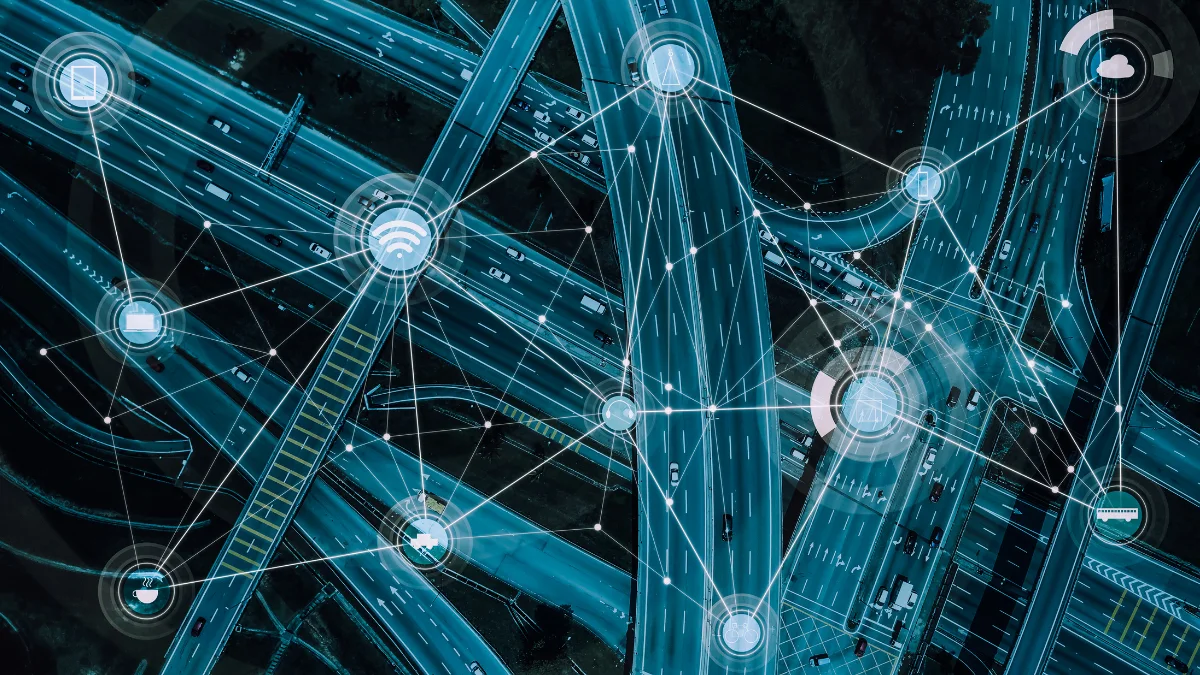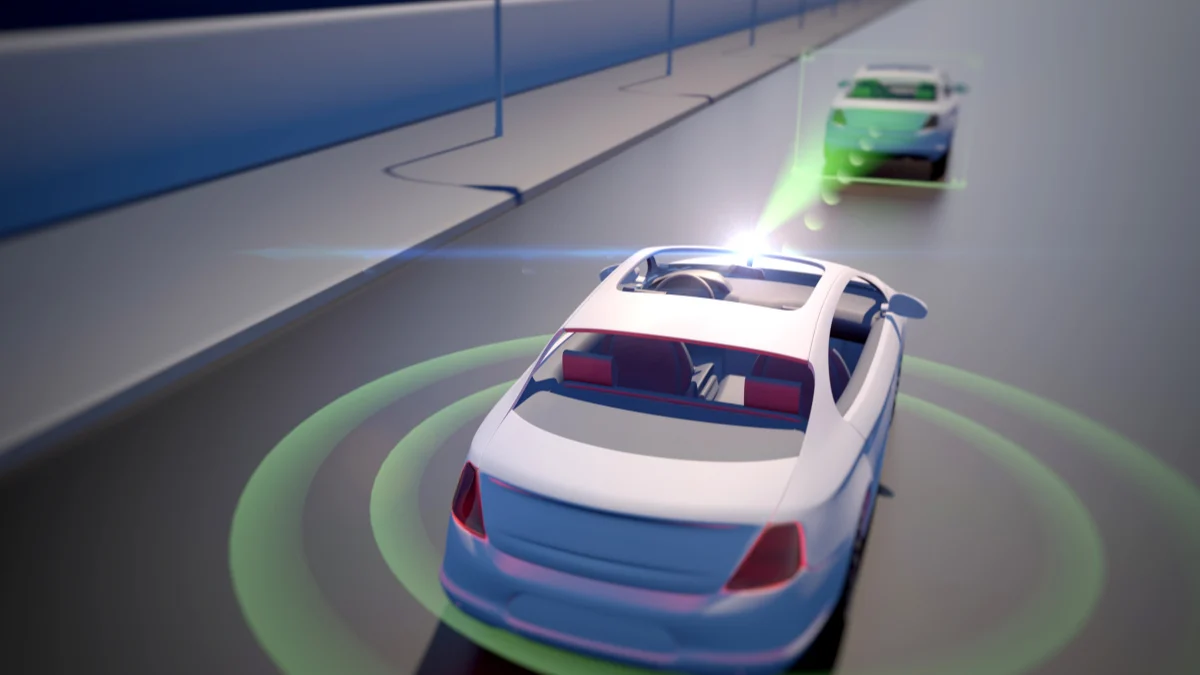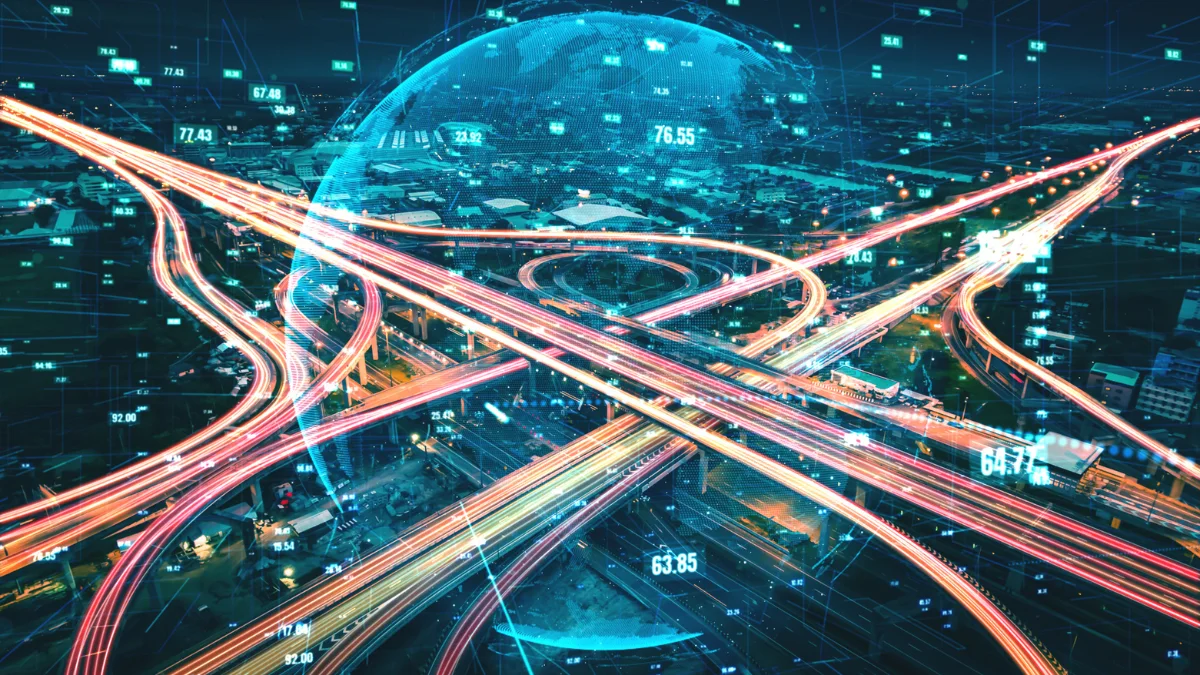The presence of a Vehicle-to-Everything (V2X) provides the ability to provide vehicles to exchange information with various elements around them. One application of the communication scope of V2X is a Vehicle-to-Network (V2N), which offers several key functions and advantages.
The functions of a Vehicle-to-Network include improving vehicle diagnostics to provide security and safety. Moreover, the benefits include improved safety, a better driving experience, and readiness for autonomous vehicles.
This article will give you information about Vehicle-to-Network, including its functions and the benefits they have.
What is a Vehicle-to-Network?

Vehicle-to-Network (V2N) is part of the Vehicle-to-Everything (V2X) system, which encompasses communication between vehicles and various other entities such as road infrastructure (V2I), other vehicles (V2V), and pedestrians (V2P).
V2P enables vehicles to communicate with networks to obtain information such as weather, road conditions, and traffic updates.
How is Vehicle-to-Network?

Vehicle-to-Network (V2N) works by accessing various online services and information that can improve driving experience, safety, and efficiency.
The system will exchange data from and to various sources, including traffic infrastructure, data centers, and other devices such as smartphones.
The Function of Vehicle-to-Network
The Vehicle-to-Network (V2N) has several functions, from vehicle diagnostics to providing security and safety. Here are some of its functions:
- Vehicle diagnostics: Enables technicians to access diagnostic data and identify vehicles remotely.
- Provides cloud-based services: Supports various cloud-based services, such as media streaming, access to mobile applications, and integration with smart home systems.
- Provides security and safety: Facilitates communication between vehicles and infrastructure (V2I), which contributes to improved road safety.
The Benefits of Vehicle-to-Network

The Vehicle-to-Network (V2N) has several benefits, from improved safety to a better driving experience, and readiness for autonomous vehicles. Here are the benefits in detail:
1. Improved safety One of the benefits of V2N is improved safety. It enables vehicles to receive real-time traffic information, accident alerts, and road conditions, allowing drivers to take preventive measures faster and avoid potential hazards.
2. Traffic efficiency Traffic efficiency is another advantage of V2N. With accurate and up-to-date traffic information, V2N helps drivers choose the fastest and safest routes, reduce congestion, and optimize traffic flow.
3. A better driving experience Another advantage of V2N is a better driving experience. The system enables features such as smart navigation that automatically adjusts routes based on road and weather conditions, as well as providing information on the location and status of charging facilities for electric vehicles.
4. Readiness for autonomous vehicles Readiness for autonomous vehicles is another benefit of V2N. In developing autonomous vehicles, this system will enable vehicles to communicate and interact with their surroundings.
Conclusion
Those are the definitions, functions, and benefits of the Vehicle-to-Network (V2N) that you need to know.
This transportation system is specifically designed for communicating with networks to obtain information such as weather, road conditions, and traffic updates.
Vehicles have several benefits, from improved safety to a better driving experience, and readiness for autonomous vehicles.
This V2N provides improved vehicle diagnostics to provide security and safety. This system certainly helps drivers improve situational awareness and reduce the risk of accidents.